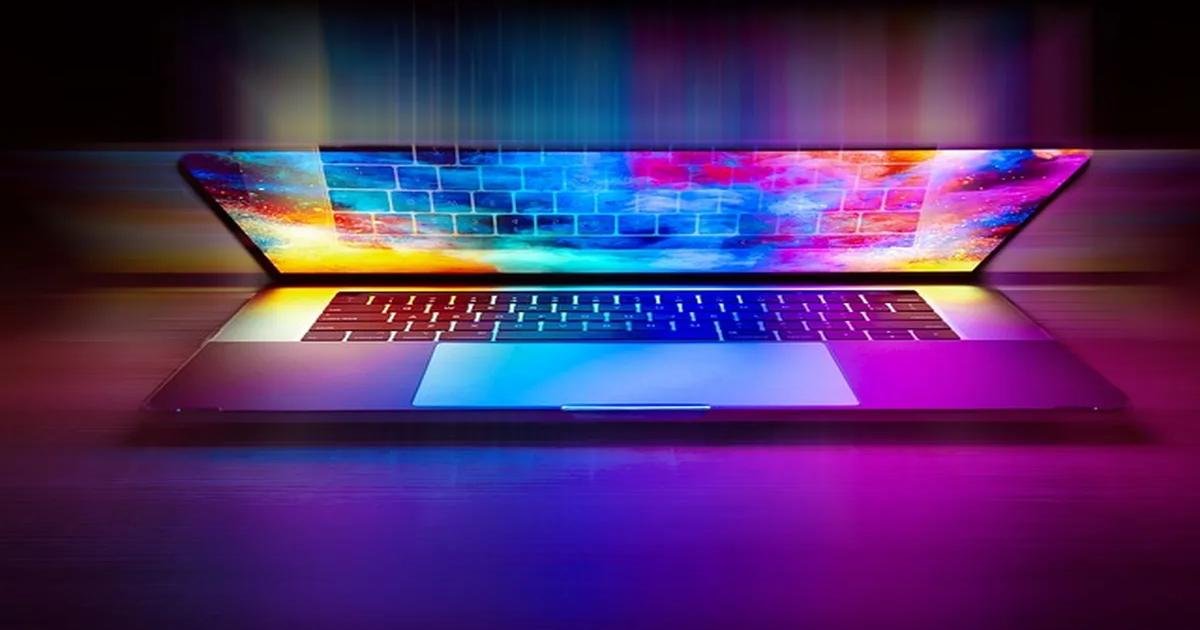“Crypto is no longer just for traders”: How to earn extra money from home with just a phone or laptop
In 2023, Eurostat reported that more young women (73%) than young men (69%) in the EU have basic digital skills. In some countries, like Croatia, the gap is even wider: 94% of young women are digitally skilled compared to 80% of young men. This growing digital confidence means millions of people are ready to explore new ways to earn money online — for example, through safe, reliable crypto platforms that anyone can use from home.
"This shift opens the door to new earning paths — and cryptocurrency is one of the most accessible and fast-growing. But to get started safely, it's essential to understand what crypto is and how it works."

What is Crypto and What Are the Key Points to Start Earning from It
Cryptocurrency is a digital asset secured by cryptography. It runs on decentralized networks called blockchains, where transactions are recorded in a transparent ledger.
The first and most famous cryptocurrency is Bitcoin, launched in 2009 by the pseudonymous Satoshi Nakamoto. Since then, thousands of alternatives—called altcoins—have emerged, including Ethereum, Litecoin, and many more.
Step 1: Choose a secure wallet.
Wallets come in two main types: hot (software/web-based) and cold (hardware). Hot wallets like MetaMask, Trust Wallet, or browser extensions are suitable for day-to-day transactions and beginners. However, because they are connected to the internet, they are more vulnerable to phishing or malware attacks.
If you’re dealing with large sums, a cold wallet — such as Ledger or Trezor — is strongly recommended. These devices store your private keys offline, making them nearly impossible to hack remotely. Setting one up takes more time, but it significantly reduces risk. Always back up your seed phrase securely — ideally on paper, stored in a safe place — and never upload it to cloud services or take a screenshot.
Step 2: Select a reputable exchange.
To buy crypto, you’ll need an exchange — a platform that allows you to convert fiat (like USD or EUR) into crypto assets. Well-established options include:
- Coinbase: Intuitive interface, ideal for beginners, with strong regulatory compliance. However, fees can be higher.
- Kraken: Known for strong security, advanced trading features, and reliable support.
- Binance: One of the largest by volume. Offers low fees and access to a broad range of assets. Binance.US is available for U.S. users.
Whichever you choose, enable two-factor authentication (2FA) immediately — preferably using an authenticator app rather than SMS, which is vulnerable to SIM swapping. Also, verify domain URLs manually to avoid phishing sites. For extra precaution, use a unique email and password dedicated solely to crypto activity.
Step 3: Educate yourself before committing funds.
Before purchasing crypto, it’s critical to build foundational knowledge. Understand what the assets you’re buying actually do — for instance, Bitcoin is seen as digital gold, while Ethereum powers decentralized applications. Don’t chase trends blindly.
Take the time to:
- Read official whitepapers or beginner-friendly summaries (e.g., Bitcoin’s or Ethereum’s).
- Use testnets if you're planning to interact with decentralized apps (dApps). For example, practice using a faucet to send test ETH on a testnet network using MetaMask.
- Start with a small amount — even $20 — just to experience the full cycle: buying, withdrawing to a wallet, and possibly sending it elsewhere.
Step 4: Define your strategy before investing.
Decide your approach early: are you buying and holding (HODLing) for the long term, or are you planning to trade more actively? These choices affect where and how you store your funds. For long-term holders, cold storage is safer. For frequent traders, some hot wallet exposure may be necessary.
Also, consider risk management:
- Set a clear investment amount — don’t invest more than you can afford to lose.
- Keep a record of every purchase, especially for tax purposes.
- Use dollar-cost averaging (DCA) — buying small amounts over time — instead of going all in at once, to reduce volatility risk.
Step 5: Stay aware and continuously update your knowledge.
The crypto space evolves quickly. Projects come and go. Regulations shift. Security threats adapt. Make a habit of staying updated:
- Follow credible sources like CoinDesk, Messari, or developers' blogs.
- Double-check information before acting — social media is full of hype and misinformation.
- Join communities (e.g., Discord groups, Reddit) with a critical mindset.
And finally, be cautious:
The most common mistake beginners make is moving too fast. Slow down. Double-check. Assume nothing. You only need to get it wrong once to lose access to your funds.
Tax & Legal Considerations
In most countries, crypto is treated as property, meaning each sale or trade could be a taxable event. Maintain an accurate ledger of every transaction—date, amount, fiat value, and fees—so your accountant can calculate gains or losses.
If you’re unsure about regulations in your jurisdiction, consult a tax professional who specializes in cryptocurrency. Laws vary dramatically between countries and even states/provinces.
Why Crypto Isn’t Just for Traders Anymore
A few years ago, the world of cryptocurrency was filled with complex charts, confusing jargon, and high-risk trades. It felt like a space built only for seasoned investors, coders, or finance pros. Bitcoin and Ethereum seemed risky, and trading bots overwhelmed most people.
Today, cryptocurrency is accessible to anyone with a smartphone and a few spare minutes.
A Phone Is All You Need
You don’t need a multi-screen setup or spreadsheets full of market analysis. Most crypto apps are mobile-friendly and beginner-focused, designed for people without a financial background.
Thousands of users now explore crypto with just their phones — even those with full-time jobs.
Platforms like Coinbase offer small crypto rewards for completing educational quizzes on topics like Ethereum or blockchain basics.These quizzes and learning tools are great examples of easy crypto earnings — no investment, just a bit of your time.
No trading experience required. Just a few minutes of learning can earn you real digital assets — all from your couch.
This shift is redefining the space. It’s less about price speculation and more about earning through participation.
Micro-Earning and Participation: A New Economic Layer
You can now earn cryptocurrency by doing everyday things online, including:
- Taking quizzes (e.g., Coinbase Earn, CoinMarketCap Learn)
- Using decentralized apps (often with future airdrop potential)
- Publishing content on Web3 platforms or minting NFTs
- Testing early-stage projects and giving feedback
- Playing games in the growing Play-to-Earn space
It’s like earning loyalty points — but this time, they’re tradable and valuable.
You Don’t Have to “Trade” to Win
Many people are turning simple earning methods into a crypto side hustle — a flexible way to boost income without quitting their day jobs. Trading involves watching charts, predicting prices, and taking risks. But there are lower-risk, long-term ways to earn from crypto:
- Staking: Lock tokens to support a blockchain and earn passive rewards
- Crypto savings: Lend stablecoins (like USDC) on platforms such as Aave or Compound to earn interest
- NFT royalties: Creators earn a fee every time their work is resold
These methods offer steady earning potential without the stress of market timing.
Global & Inclusive by Design
In many parts of the world, crypto isn’t a trend — it’s a necessity. In countries with high inflation or unstable banking systems, it offers:
- A more stable store of value than local currency
- Access to digital finance tools without needing a bank
- The ability to work online and be paid in Bitcoin or stablecoins
Even in developed countries, crypto’s borderless and open nature allows users to engage in global opportunities without barriers.
You’re Early — and That’s an Opportunity
Despite growing awareness, most people still haven’t explored crypto. They haven’t used decentralized apps, claimed airdrops, or earned interest on their tokens.
That means you’re still early.
Just like early internet adopters had a head start, crypto offers the same advantage to those who begin now.
Starting early doesn’t mean betting big. It means learning, earning gradually, and building digital income over time.
Final Thought: Crypto Is a Toolkit — Not Just a Coin
Don’t think of crypto as just a currency. Think of it as a toolkit for digital opportunity:
- A way to earn in new, flexible ways
- A path to build skills in digital finance
- A gateway to participate in global ecosystems
Whether you’re a freelancer, gamer, stay-at-home parent, or simply looking for extra income, there’s a crypto path for you.
Crypto isn’t just for traders anymore — it’s for everyone.




